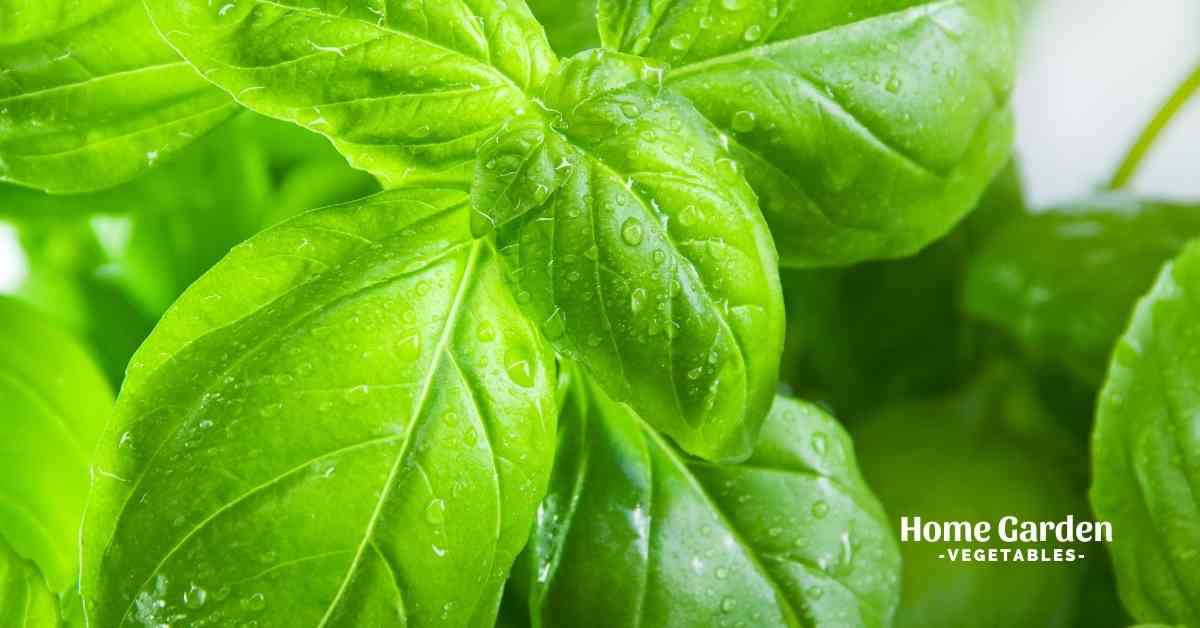Basil is one of the most well-known herbs, used in both the kitchen and the yard. It grows both indoors and outdoors and is used in a number of cuisines. Basil is one of the first herbs I plant in the spring. It’s easy to cultivate and works well in herb, vegetable, and container gardens.
How Much Water Does a Basil Plant Need?
Basil prefers to be kept wet and requires around 1 inch of water each week. Water deeply at least once a week to keep the soil wet and the roots developing deep. Growing basil in pots needs more frequent watering.
Reader Poll: What online courses would interest you?
How to Water Indoor Basil Plant?
Begin with a weekly watering schedule, and make sure your plant gets enough water to run through to the saucer underneath it. Move to a twice-weekly or three-times-every-two-weeks watering schedule if the soil seems particularly dry at the end of the week.
How to Know When to Water Your Basil?
Test the soil’s top layer as well as the drainage holes at the bottom. The top of the soil should be dry, while the bottom should be cool and moist.
In the ground, this is a little more difficult to calculate, but in full light where the soil drains effectively, the plant needs heavy watering at least once per week.
Subscribe to our newsletter!
Why Overwatering is an Issue for Basil
You can easily overwater your plants. Everyone understands that plants require water, and you don’t want yours to go thirsty. Therefore, you water your basil plants every day, believing that everything would be fine, but instead, you wind up overwatering them.
Basil plants require regular watering, yet their roots are unable to adapt to wet soil. When a plant is put in well-draining soil, air enters the areas around the roots and circulates freely. Soil that has been moist for a long time makes it hard for air to reach the roots.
Roots must have access to air in order to function. That’s not what you want because your plants’ roots are the foundation of their life, bringing water and nutrients upwards.
Overwatering suffocates your root systems and leads to immediate difficulties. Plants wilt rapidly, and if you don’t figure it out promptly, your plants will most likely perish.
Signs That Your Basil is Overwaters
Plants give us signals when something is incorrect, so keeping an eye out for indicators of overwatering is crucial. Here are a few signs of overwatering:
- Yellow leaves begin at the bottom and make their way up.
- Leaves are drooping and withering
- The soil of the plant has a foul odor.
- The growth of the plant has been slowed.
- The roots will be mushy, brown, or black if you remove the plant.
Conclusion
Plants require water to survive, but overwatering may be just as harmful as drowning. Plants require a specific quantity of water, and feeding them too much over an extended length of time will result in rotting roots and the plant’s eventual death. To ensure that your basil plants live and expand without difficulties, be cautious not to overwater

